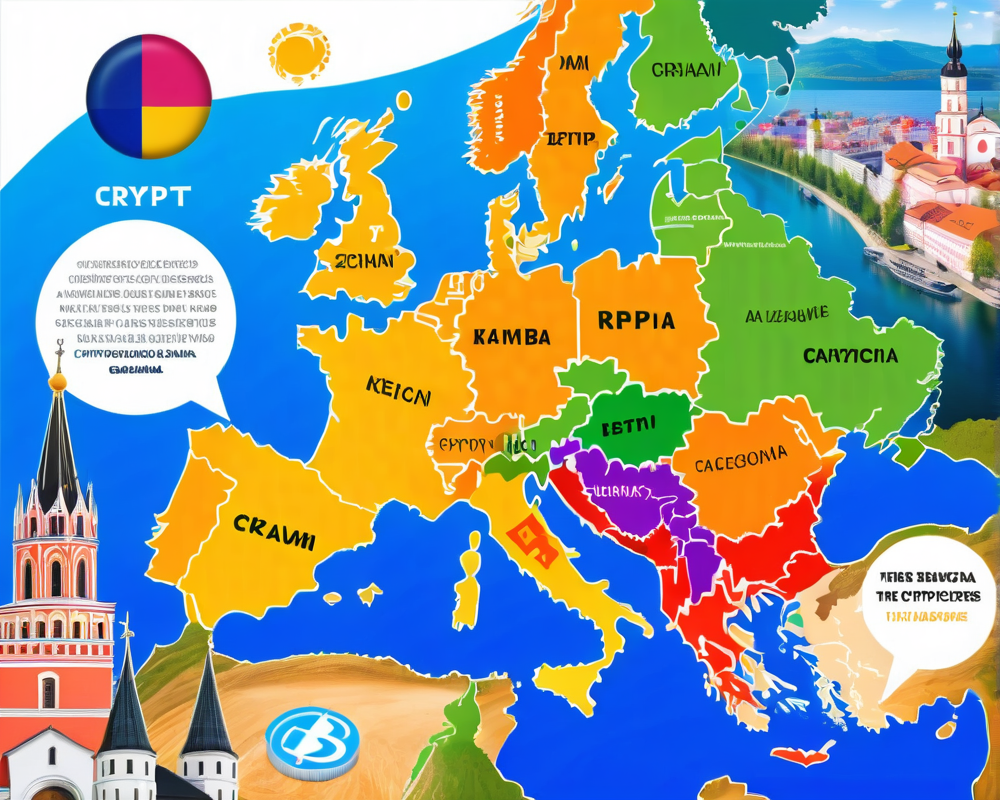Embracing Change: The NDAA and Blockchain
The National Defense Authorization Act (NDAA) isn’t just a mouthful of bureaucratic jargon; it could potentially reshape how government agencies operate by embracing new technologies like Blockchain. Thanks to a nifty provision known as the Modernizing Government Technology Act (MGT), agencies are set to finally ditch those ancient, creaky IT systems and make room for something much more innovative.
What’s Cooking with the MGT?
The MGT allows agencies to take their cost savings and invest them directly into improving their tech infrastructure. That’s right! The government can finally swap the dusty old filing cabinets for shiny, high-tech software. According to Trey Hodgkins, the Senior VP of Public Sector at the Information Technology Industry Council, Congress is keen on giving agencies the freedom to decide how to allocate their newfound savings.
A Stepping Stone for Blockchain
Even though Blockchain isn’t explicitly mentioned in the fine print of the bill, its potential is hard to ignore. The MGT provision encompasses three main categories for modernization, which include:
- Migrating legacy systems to cloud services
- Cybersecurity enhancements
- Adopting innovative and disruptive technologies like Blockchain
This opens a doorway for government agencies to dig into Blockchain technology and take it beyond mere experimentation. Todd Miller from ChromaWay couldn’t be more thrilled about this. He pointed out that the MGT Act encourages federal agencies to transition away from their high-cost, underperforming legacy systems.
Industry Enthusiasm and Future Prospects
The excitement doesn’t stop there. Many industry insiders are buzzing about the possibilities that the MGT Act introduces. It’s like unwrapping a birthday gift filled with tech goodies such as smart contracts and advanced Blockchain applications. As Todd Miller said, “We are excited about the MGT Act because it provides incentives to federal agencies to move toward new technologies, like Blockchain and smart contracts.”
The Final Countdown: NDAA Awaits Presidential Signature
As of late November 2017, the NDAA has gained approval from both the House of Representatives and the Senate. Now, all we need is a signature from President Donald Trump to make it official. Once that pen hits the paper, we could be standing at the forefront of a technological revolution in federal agencies.




